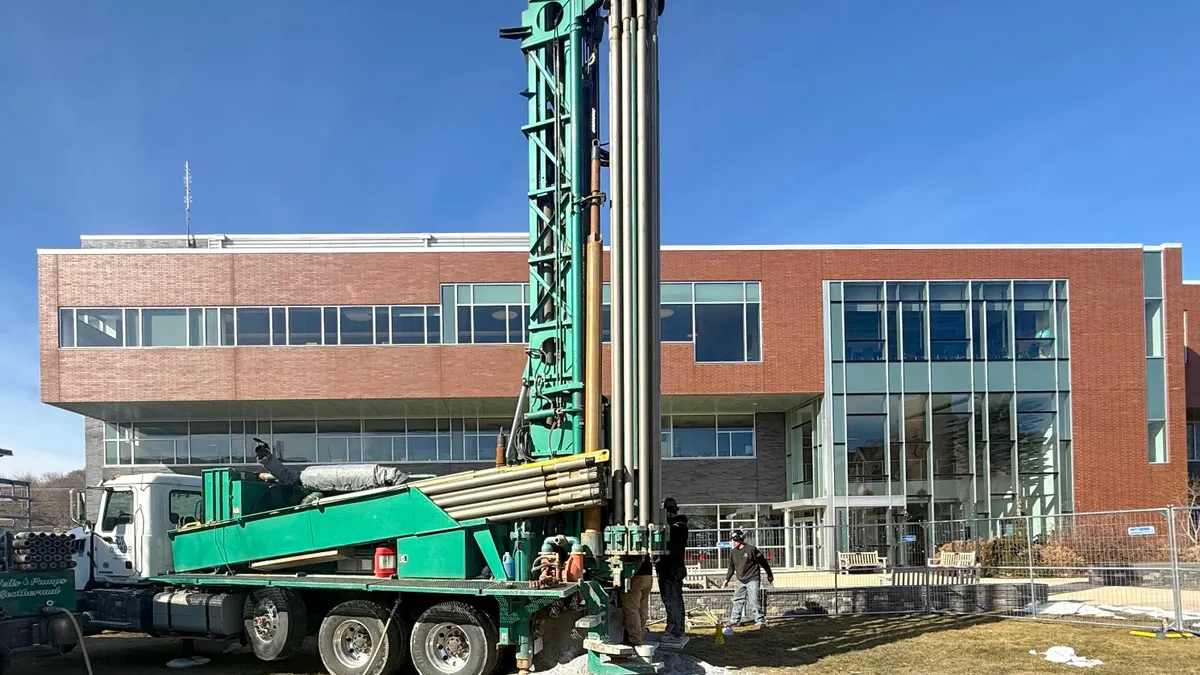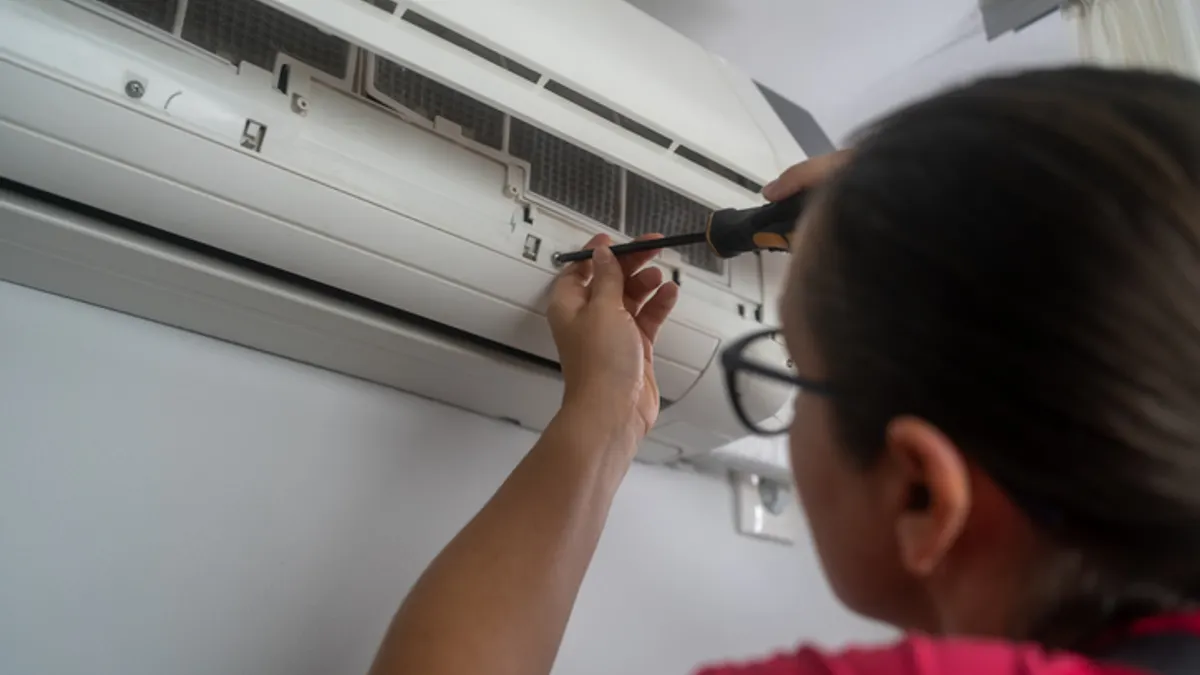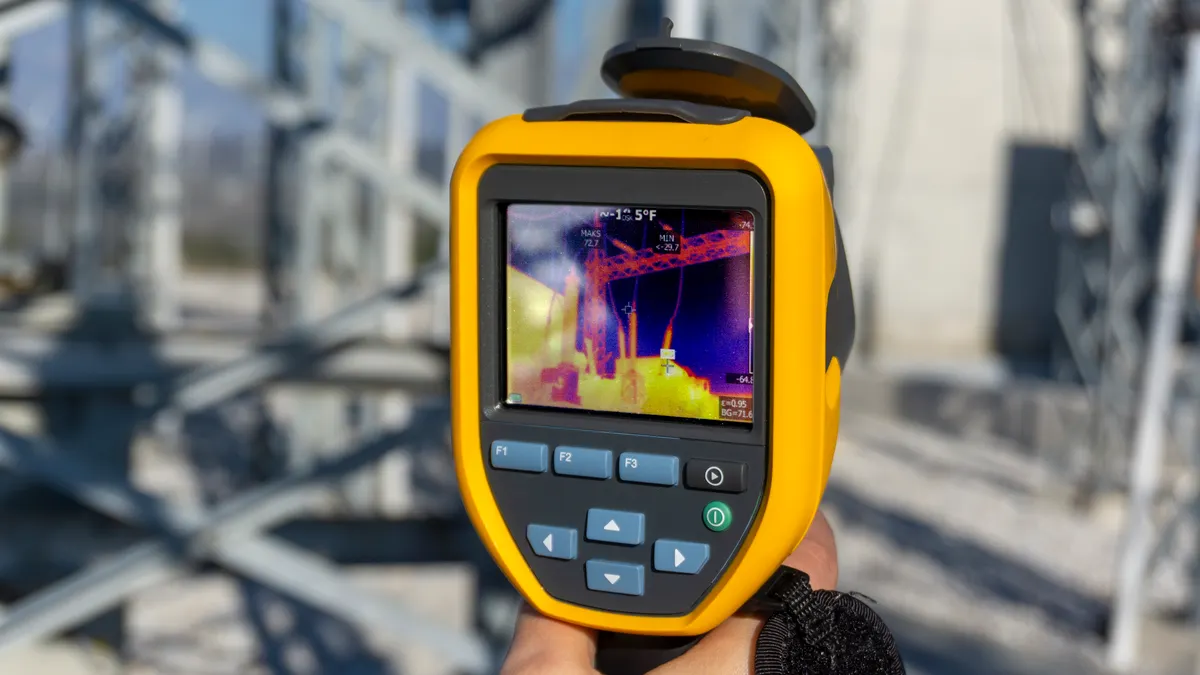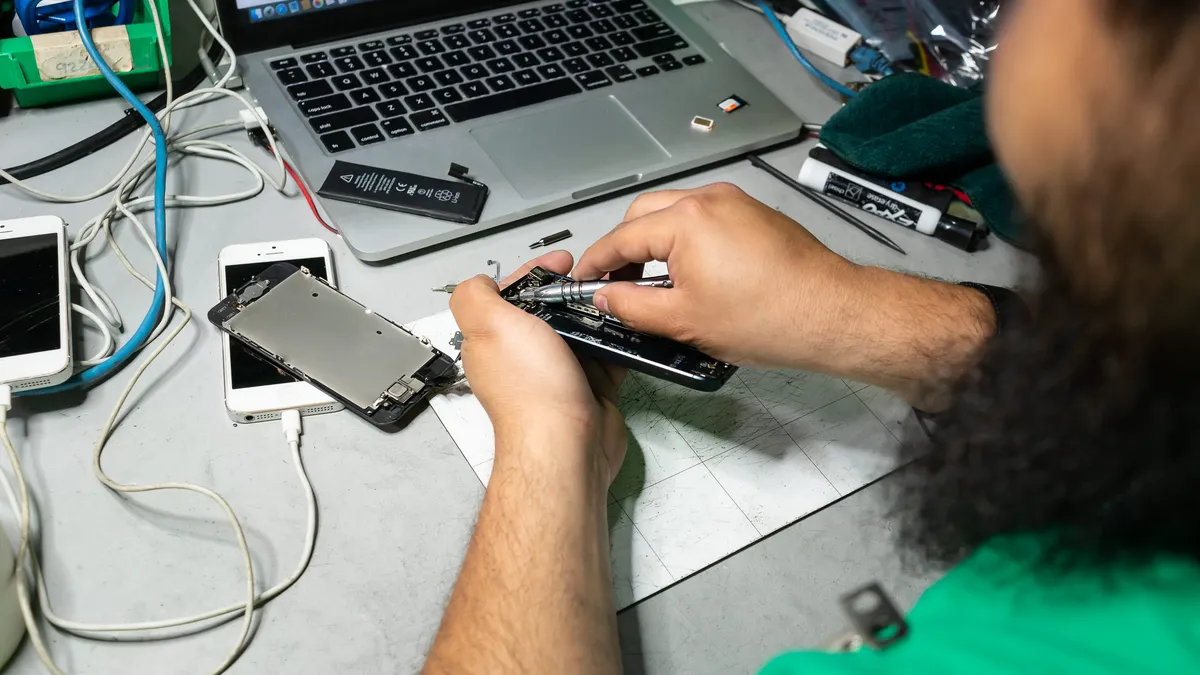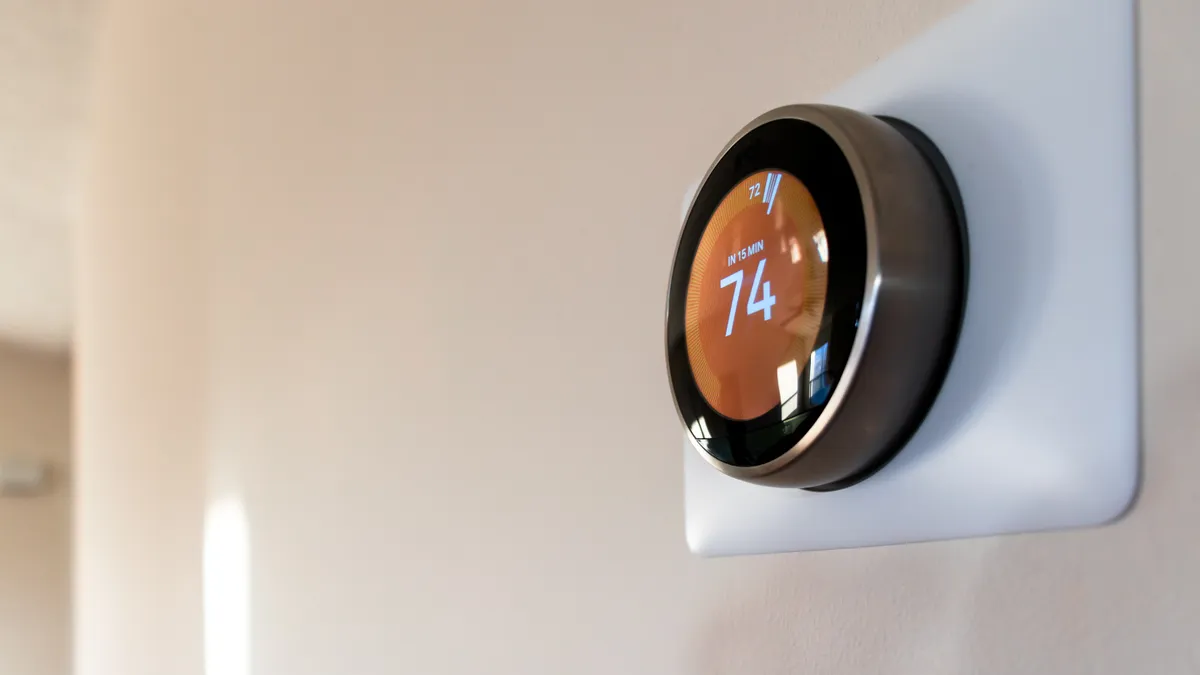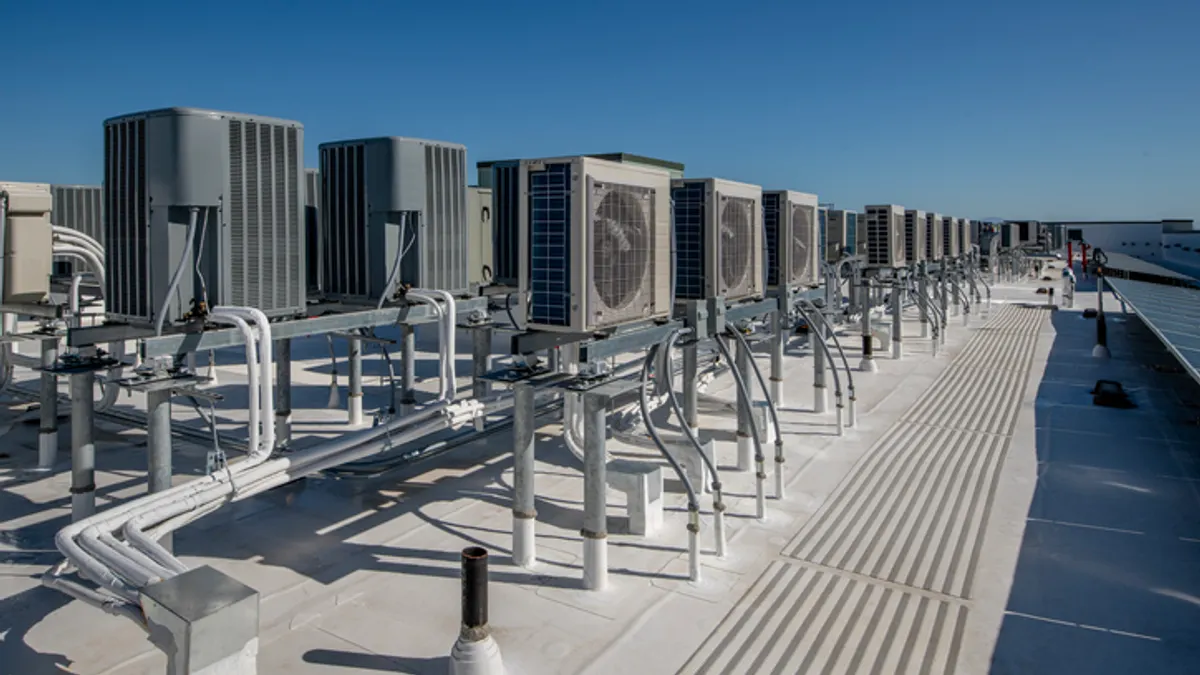ASHRAE is placing renewed importance on the health of buildings and indoor environments, President Bill McQuade said in his inaugural remarks during the society’s annual conference last week.
The ASHRAE Annual Conference took place June 21-25 in Phoenix and drew 1,990 registered HVAC&R and building science professionals to explore indoor environmental quality as well as pressing topics like heat pumps, refrigerants, thermal energy storage, decarbonization strategies and workforce development, the society said in a release.
McQuade’s theme for his two-year term is “Healthy Buildings: Designing for Life.” The theme highlights the interplay between energy efficiency and indoor environmental quality, or IEQ, and presents practical solutions to enhance air quality, thermal comfort, acoustics, lighting and water quality in buildings, according to McQuade’s president’s page on the ASHRAE website.
“Balancing energy efficiency with good IEQ ensures that buildings are not only environmentally sustainable but also conducive to the health and productivity of their occupants, creating a win-win situation for both people and the planet,” McQuade said on the page.
Although this year’s theme marks a change from previous years, which centered on decarbonization or maximizing energy efficiency, turning the focus onto the health of occupants and the indoor environment does not mean energy is no longer important, Tony Abate, vice president and chief technology at AtmosAir Solutions, told Facilities Dive.
“Maximizing the things you can do to create clean and healthy indoor spaces will in turn also maximize your efficiency,” said Abate, who was elected to the ASHRAE Standards Committee during the conference. “I think that’s probably less understood by many people in the industry and the engineering community, but I think they’re starting to understand that.”
The industry’s posture around indoor air monitoring and quality has changed dramatically since Abate’s company, which cleans air through a technology called bipolar ionization, began 22 years ago, he said. “It wasn’t as well accepted. Fast forward to now, it’s a well known, accepted technology with different ASHRAE standards and different engineers specifying this technology,” Abate said.
Within the factors that determine indoor environmental quality, air quality has drawn significant attention as of late, according to Abate. There is also large demand for air monitoring devices and technologies, which prompted Abate to start an ASHRAE Technical Committee, TG2.IAQMP, or Indoor Air Quality Monitoring Devices.
“The desire to monitor air has become very strong indeed in our various markets we serve,” Abate said. “Folks want to know what’s in the air. Maybe the pandemic has something to do with that.”
The committee will develop guidelines for the proper design of an IAQ monitoring strategy and determine required performance characteristics for these devices to be used in buildings, according to the technical committee’s website.
One of the main reasons that monitoring IAQ can help improve energy efficiency in buildings is that it provides information on how a building is actually operating, not how it was designed to operate.
“Many building operators [run] the building according to design criteria, but that building doesn’t operate exactly the way it was designed. And if they’re not doing something like monitoring air, [then] they don’t have any information to do anything differently,” he said. “But as you learn more about indoor air quality and indoor air monitoring, you’ll find out that it’s actually something that can be quite advantageous to the health of building occupants, but also running your buildings more efficiently and effectively.”
For example, buildings often bring in a lot of outdoor air, which needs to be conditioned and costs a lot of money to do so, Abate said. “In fact, if they were looking at their indoor air quality, they might see that they really don’t need all that ventilation air. They would be better served to recirculate cleaner air or use air cleaning technology,” he said.
“A little more education needs to be spread in our industry. Building operators and owners need to better learn what tools they have available that can help them,” Abate said. “Again, don’t be afraid of air quality. It’s something that can work for you and result in a more efficient, better operating building.”





